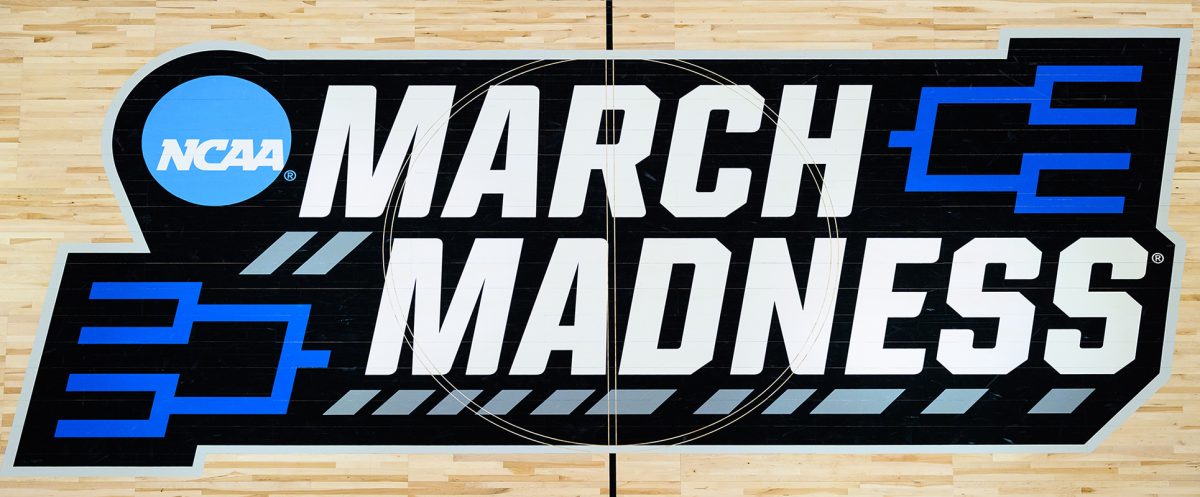With 1.1 million people completing one every year, a marathon can appear to be quite a daunting, intimidating task. After months of preparation, runners are put to the ultimate test: traveling 26.2 miles along a road with thousands of other competitors. Crossing the finish line after months of hard work makes runners feel like being on top of the world, and this intense preparation process can also immensely benefit one’s health and wellness as an athlete through improvements in cardiovascular health, increased stamina and endurance, stronger muscles and bones, and mental clarity and focus.
Many students are runners themselves yet are nervous to conquer the challenge of completing a marathon. Junior Lemuel Zyonn said, “I have been running in track for many years, but I have no idea where I would begin if I wanted to run a marathon. I don’t know if I could actually do it.” Similarly, Junior Jon Boehm said, “I would love to complete a marathon. I think it would be really cool, but I’m not sure if I would ever be prepared to do something like that.”
This is why, for my second article within my health and wellness column Bee Healthy, I have chosen to write a guide on how to train for and complete a marathon. I decided to interview Upper School science teacher and ultramarathon runner Bryce Carlson and consult online sources for advice on how one would be introduced into the world of running marathons.
Preparation
First, I wanted to gain information about how a new runner could begin preparing for a race. I first looked online and found many sources suggesting to form a consistent training plan with an emphasis on strength training, nutrition and hydration, and rest and recovery. There are hundreds of websites and books that you can look through to build a personalized training plan, but I asked Carlson to relay some of the basic information that is fairly consistent between each website.
Carlson said, “The general principle of all marathon training plans that you can find online is that, over the course of three months or more, the runner should steadily increase the number of miles they are running each week.” The structure of each week should contain one long run, typically completed over the weekend, one medium length run in the middle of the week, and the rest of the days being flexible depending on your experience as a runner. Throughout your training process, the lengths of these runs will gradually increase to prepare you for race day.
Carlson said, “It is important that, at the beginning of your process, you are clear about what your goals are for yourself.” Some people want to just complete the distance, others want to complete it without walking, and others want to complete the distance as fast as possible. Carlson said, “Have those goals in the back of your mind when you are building your training plan, and train those long and medium runs with the same intentions you will have when you run the actual race.”
He also stressed the importance of giving yourself enough time to prepare before a race. He believes that beginning your preparation 3 months before a race is fine if you are already running 30 miles a week, but you should give yourself significantly more time if that is not the case.
According to Runkeeper, you should spend at least 4 to 5 months training before you run your first marathon or else you will not be physically prepared for the race and will not have an enjoyable experience. However, you should make sure you are meeting these training requirements without sacrificing your time for sleep. Sleep is the time for your body to rest and recover, and your body will not be adequately prepared for a race if you cannot prioritize this time.
Race-Day Advice
Then, I wanted to find some race-day-specific advice that runners should incorporate into their routine. Junior Tom Deblasio said, “I feel like even after all those months of training, I would somehow get super nervous on the day of the race and mess up.” This conflict is largely just within your mind, and most runners suggest trusting your training, visualizing success, and reminding yourself to focus on your own performance rather than comparing yourself to others.
Additionally, None To Run suggests running with a friend, listening to music, and combating negative thoughts with positive affirmations to encourage your mind and body to keep going. After all those months of preparation, you are simply implementing what you have practiced onto the real race.
Carlson said, “Do not try anything new. Practice everything you plan to do on race day.” If you usually drink a Gatorade during your practice runs, make sure you have Gatorade on race day. In other words, the less surprises, the better.
Carlson believes that a marathon is a “beautiful challenge” that almost anyone can complete. Do not be intimidated by the length of the race because most races have a generous time cut-off where you can still complete the race by walking the entire course. Carlson said, “If you are looking for inspiration, go to the finish line of any race and watch the different kinds of people running by you. This is an event for anyone, not just the elite.”
Junior Graham Maeder said, “My uncle recently completed his very first marathon, and I was inspired by the dedication and persistence that he showed throughout his process. It really put things into perspective for me; if he could do it, I can too.”
Even if you are feeling doubtful, you might as well go for it. Surround yourself with a positive group of people and give it your all. You might just surprise yourself!
References
Norris, Laura. “How Do You Know If You Are Ready to Run a Marathon?” Asics Runkeeper, runkeeper.com/cms/training/how-do-you-know-if-you-are-ready-to-run-a-marathon/. Accessed 9 Mar. 2025.
Kennedy, Mark. “Overcome Mental Hurdles: 9 Tips For New Runners.” None To Run, www.nonetorun.com/blog/9-tips-to-help-beginner-runners-overcome-common-mental-blocks-and-run-longer-and-faster. Accessed 9 Mar. 2025.























